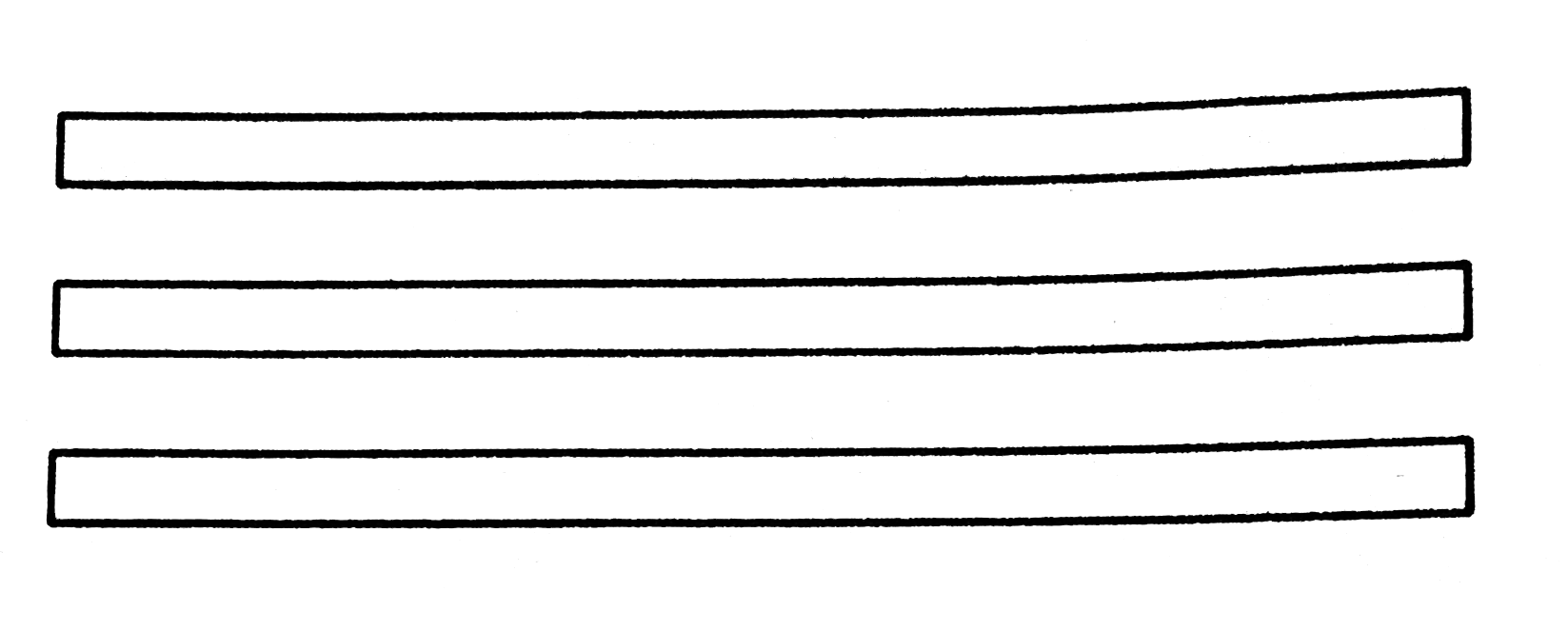A charge of 20 microCoulomb is placed on the positive plate of on isolated parallel - plate capacitor of capacitance 10microFarad calculate the potential difference developed between the plates .
To solve the problem of finding the potential difference developed between the plates of an isolated parallel-plate capacitor, we can follow these steps:
1. Identify Given Values:
- Charge on the positive plate, Q=20μC=20×10−6C
- Capacitance of the capacitor, C=10μF=10×10−6F
2. Understand the Formula for Potential Difference:
- The potential difference V between the plates of a capacitor is given by the formula:
V=QC
where Q is the charge on one plate and C is the capacitance.
3. Substitute the Values:
- Plug in the values of Q and C into the formula:
V=20×10−6C10×10−6F
4. Calculate the Potential Difference:
- Simplify the expression:
V=2010=2V
5. Final Answer:
- The potential difference developed between the plates of the capacitor is 2V.
Summary:
The potential difference between the plates of the isolated parallel-plate capacitor is 2V.
---
- Charge on the positive plate, Q=20μC=20×10−6C
- Capacitance of the capacitor, C=10μF=10×10−6F
- The potential difference V between the plates of a capacitor is given by the formula:
V=QC
where Q is the charge on one plate and C is the capacitance.
- Plug in the values of Q and C into the formula:
V=20×10−6C10×10−6F
- Simplify the expression:
V=2010=2V
- The potential difference developed between the plates of the capacitor is 2V.
The potential difference between the plates of the isolated parallel-plate capacitor is 2V.
Topper's Solved these Questions
- CAPACITORSBOOK - HC VERMA ENGLISHCHAPTER - CAPACITORSEXERCISE - short answer
7 Videos
- CAPACITORSBOOK - HC VERMA ENGLISHCHAPTER - CAPACITORSEXERCISE - OBJECTIVE 2
6 Videos
- BOHR'S MODEL AND PHYSICS OF THE ATOMBOOK - HC VERMA ENGLISHCHAPTER - BOHR'S MODEL AND PHYSICS OF THE ATOMEXERCISE - Short Answer
10 Videos
- DISPERSION AND SPECTRABOOK - HC VERMA ENGLISHCHAPTER - DISPERSION AND SPECTRAEXERCISE - Question for short Answer
6 Videos
Similar Questions
A charge of 1μC is given to one plate of a parallel - plate capacitor of capacitance 0.1μF and a charge of 2μC is given to the other plate . Find the potential difference developed between the plate .
View SolutionThe force between the plates of a parallel plate capacitor of capacitance C and distance of separation of the plates d with a potential difference V between the plates, is.
View Solution
Knowledge Check
As the distance between the plates of a parallel plate capacitor decreased
AIf both assertion and reason are ture and reason is the correct explanation of assertion.BIf both assertin and reason are ture but reason is not the correct explanation of assertion .CIf assertion is true but reason is false.DIf both assertion and reason are false.
A charge of+2.0×10−8C is placed on the positive plate and a charge of -2.0x10 ^-8 C at negative plate. And capacitance of capacitor is 1.2 x (10^-3) mu F. Calculate the potential difference developed between the plates.
View SolutionForce of attraction between the plates of a parallel plate capacitor is
View SolutionIn a parallel plate capacitor of capacitor 1μF two plates are given charges 2μC and 4μC the potential difference between the plates of the capacitor is
_2019_CBT2_E01_002_Q01.png)
View SolutionIf a thin metal foil of same area is placed between the two plates of a parallel plate capacitor of capacitance C, then new capacitance will be
View SolutionThe capacitance between the adjacent plates shown in figure (31-E20 ) is 50nF . A charge of 1.0μCis placed on the middle plate (a )What will be the charge on the outer surface pf the upper plate ? (b ) Find the potential difference developed between the upper and the middle plates .

View SolutionThe electrostatic force between the metal plate of an isolated parallel plate capacitor C having charge Q and area A, is
View SolutionImagine a light planet revolving around a very massive star in a circular orbit of radius r with direction T. On what power of r, will the square of time period depends if the gravitational force of attraction between the planet and the star is proportional to r−5/2 .
View Solution
